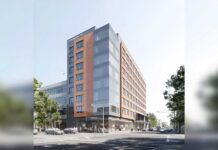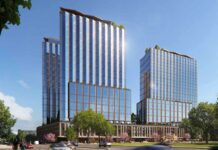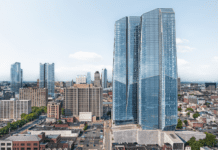
On the day Yolanda Stover’s father was shot 14 times, he was simply coming home from work as he always did. But it was July in 1967, the city of Newark was in chaos, and policemen and national guardsmen patrolled the streets to quiet riots. Witnesses, however, which included city historian Junius Williams, claim their methods resembled a riot of their own, targeting bystanders.
“Some of the bullets were in his head,” said Stover, who still lives in Newark. “They said if the bullets were taken out, he would have been a vegetable, so they kept them in.”
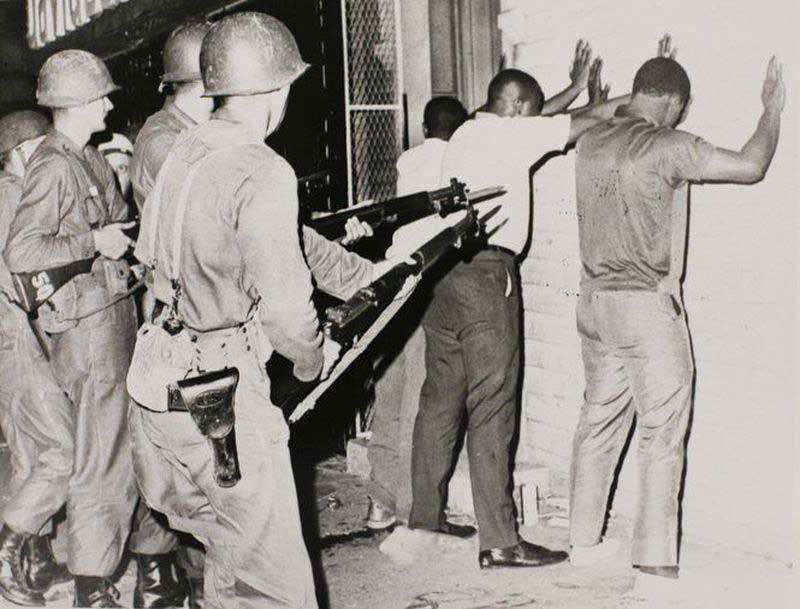
Even though Stover, 49, is a generation removed from that pivotal event in history, she is one of many Newarkers still reliving that pain. This multigenerational trauma is one of the inspirations for the proposed Newark Community Museum.
The project, designed by Gensler in collaboration with NJIT students, will repurpose the old Fourth Precinct — where the riots began — into an exhibition space as well as the headquarters for the Center for Violence Prevention and Trauma Recovery.
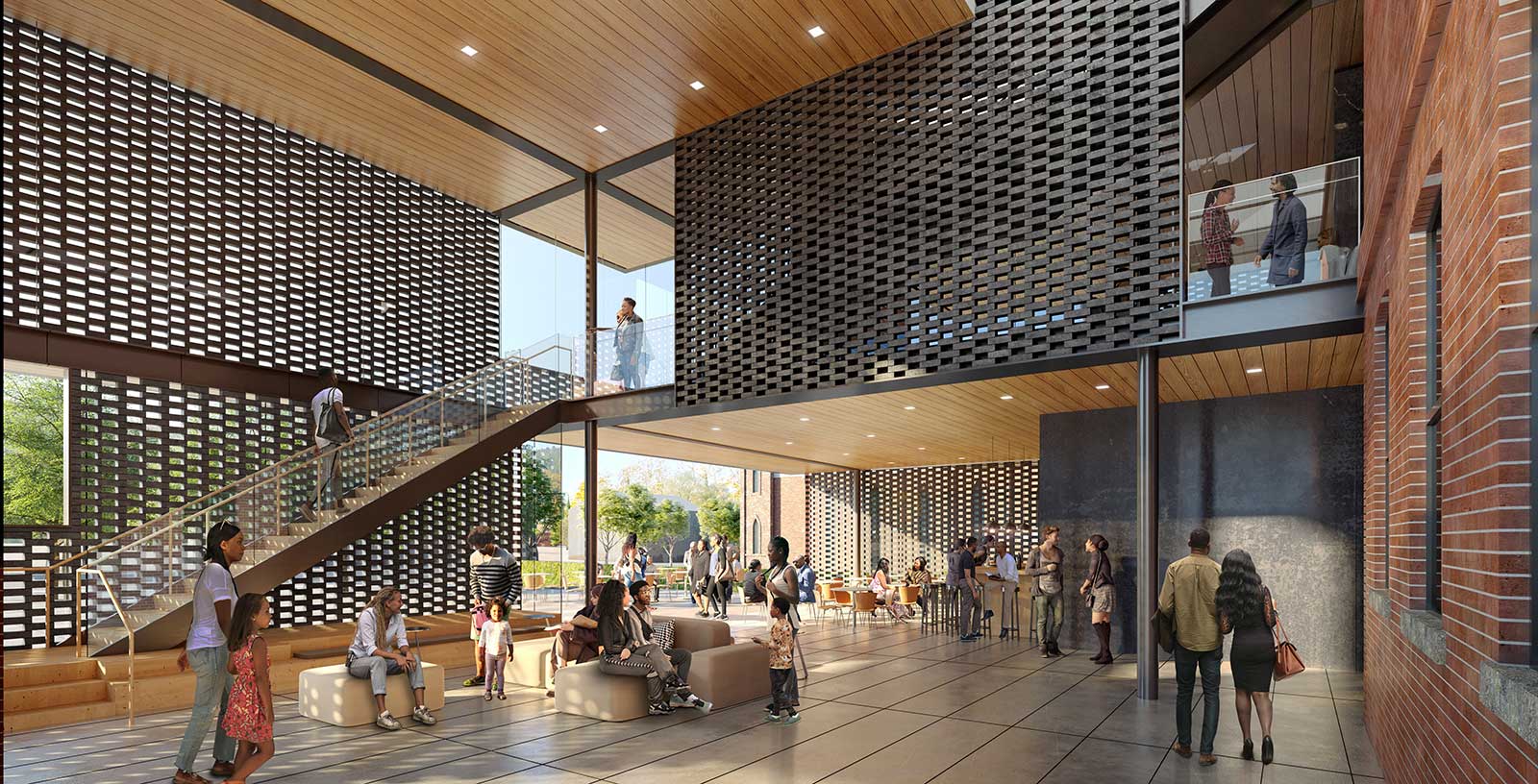
“This couldn’t be a more prescient moment for this kind of project,” said Roger Smith, Design Director & Co-Director of Gensler’s Center for Research on Equity and the Built Environment.
Smith, a professor at NJIT, noted the similarity between the police brutality experienced by John Smith in 1967 and the murder of George Floyd by law enforcement in 2020 that gave rise to two moments of national self-reflection about race, separated by 53 years.
The focus and design of the museum were the results of eight community outreach sessions that NJIT students organized with the help of local leaders like the late Wilhelmina Holder.
“They wanted this to be a place of reflection where the community could come to share stories and reflect on history together,” Smith said. “The museum space really embraces that existing building which holds so much trauma, but because of the way we’ve treated the facade, it also has openness.”
Newarkers, like Stover, are still living with the aftermath of that event.
“I didn’t have a father — the streets took him,” Stover said. “He was in so much pain that he took drugs to relieve the pain he was going through.”
The unresolved mystery in Stover’s life is piecing together stories of who her father was before his injury. Her ongoing sadness is not having him, as he died before his time at the age of 45.
“I heard good things about him before the bullets. He was a good man, I was told,” Stover said. “I miss my father.”
